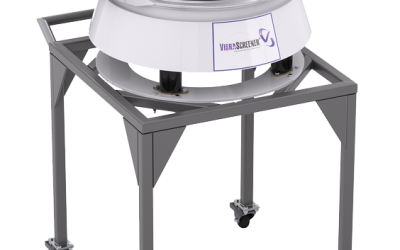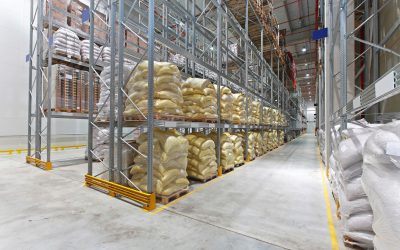In virtually all types of sanitary processing systems, precision control of the pressure in different parts of the system will be essential for quality control and production to exacting standards.
Choosing the correct option in a sanitary pressure gauge is, therefore, an important consideration. With a wide range of different pressure gauge types and options on the market, selecting the correct one for a specific application can be more of a challenge than many anticipate.
To help any manufacturing or processing facility to ensure the correct sanitary pressure gauge is selected, here are some of the most important issues to consider during the process.
The Environment
There are different areas of the sanitary process that may have more extreme types of environments than other. The environment includes the temperature of the media, the ambient temperature as well as the internal pressure on the system. Additionally, it will be important to consider the presence of moisture and humidity, shock and vibration and even the type of pipe used to connect the input and outlet ports of the gauge.
Pressure Range
It is very common for someone to choose a sanitary pressure gauge based on the desired pressure across the system. While this is important, it is more important to know the potential low and high pressures in addition to the average desired pressure.
It will be critical for the pressure gauge to be able to operate at the possible lowest and highest pressures. Ideally, the pressure should be limited to about 75% of the potential range for the gauge to ensure a sudden peak or drop won’t create an operational problem in the system.
The more frequently the pressure is likely to spike or drop, the more important it will be to find a gauge that can easily stand up to those working conditions. In addition, consider temperature changes and other factors, including vibration and shock, that need to be addressed in the system.








